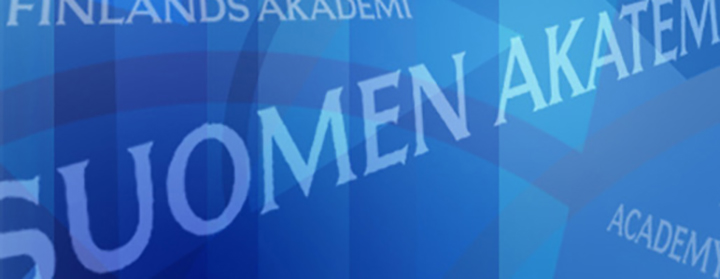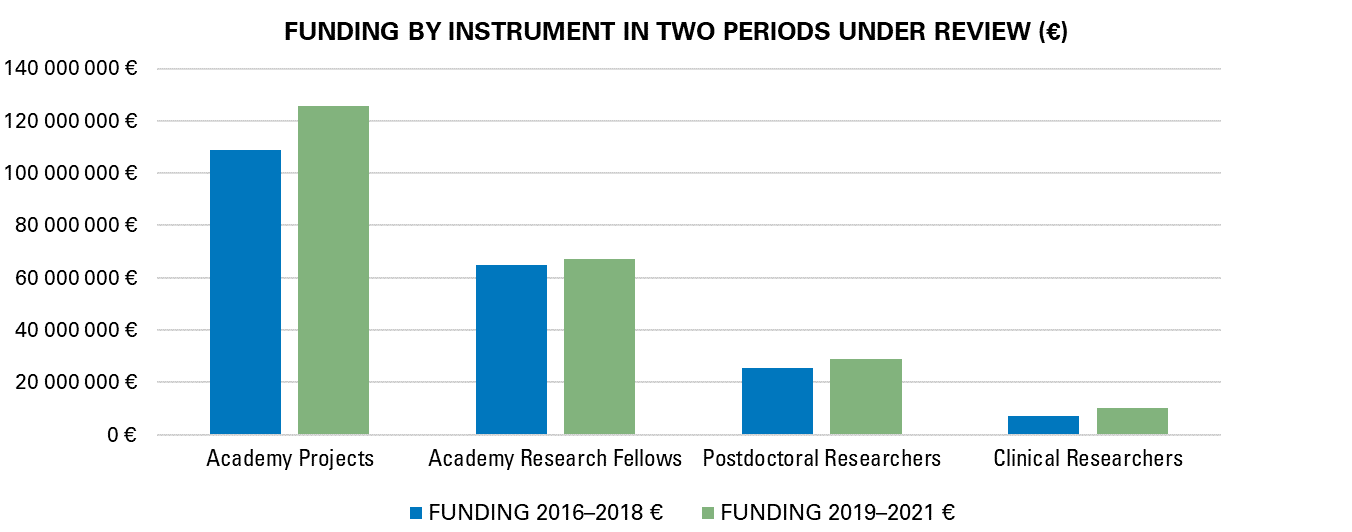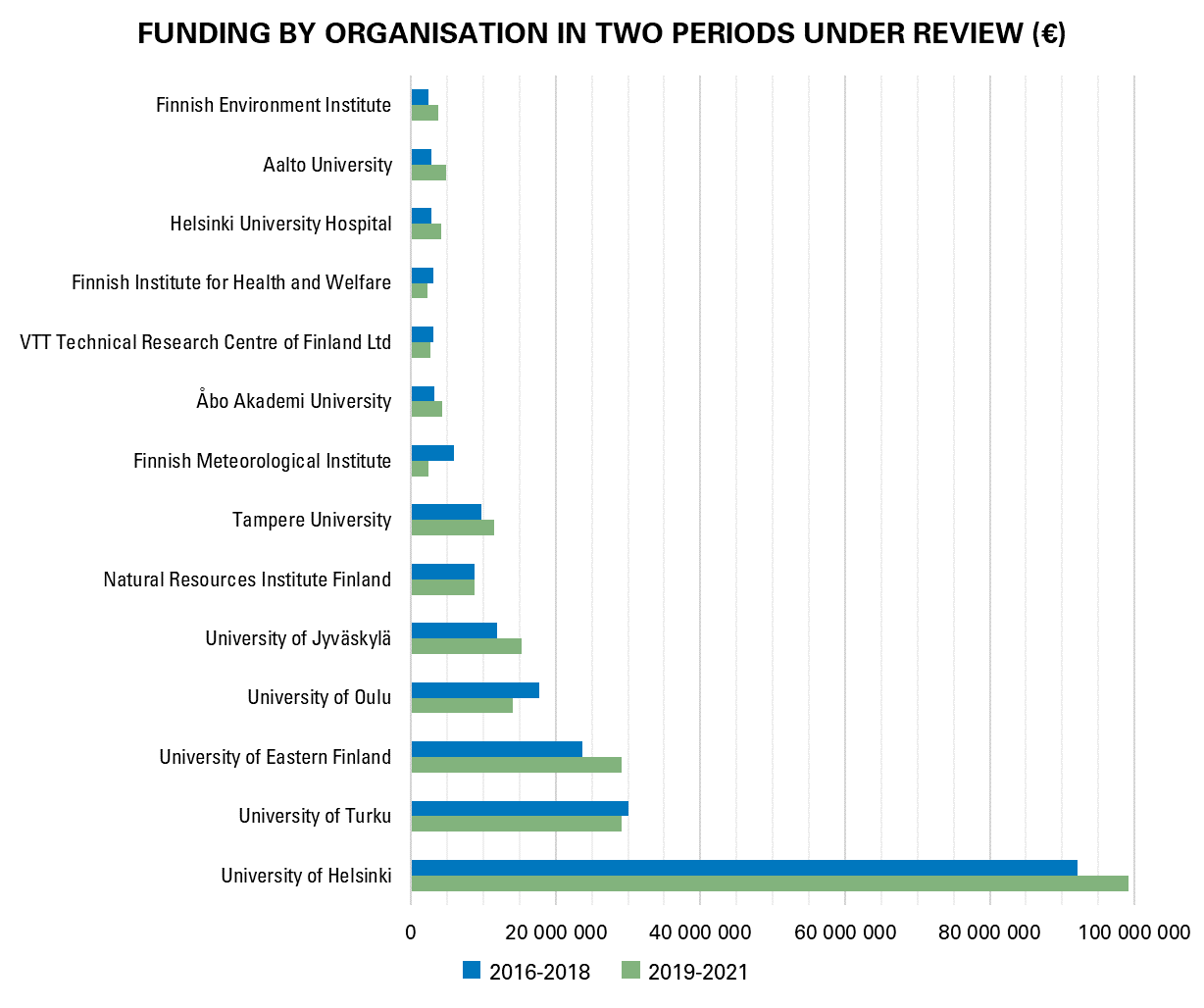
Research Council for Biosciences, Health and the Environment supports the best researchers in several fields
During the last term, the Research Council for Biosciences, Health and the Environment paid particular attention to the equal treatment of its research fields without compromising the high scientific quality of research. The Research Council supports high-quality research in the fields it represents in order to ensure the development of future top researchers.
The Research Council for Biosciences, Health and the Environment at the Academy of Finland has now operated nearly three years. The Academy’s council structure was reorganised when the Academy of Finland Act and Decree were updated in 2018. The Research Council for Health and the Research Council for Biosciences and Environment were merged into the current Research Council as of 1 January 2019.
The Research Council monitors the impact and effectiveness of the research it has funded each year by analysing research reports and by drawing up reports on its various funding schemes and research fields.
This year, the Research Council was given a compilation of decision data for the past three-year period (2019–2021). As a benchmark, we used the decision data from the Research Council for Health and the Research Council for Biosciences and Environment for 2016–2018. The comparison looked at the success of the research fields, the success rates by funding opportunity, and the distribution of funding across organisations.
Funding high-quality applications contributes to renewal and societal impact of science
By funding applications of the highest scientific standards, the Research Council for Biosciences, Health and the Environment promotes the renewal and societal impact of science and supports high-quality researchers. High scientific quality is the primary objective of the Research Council and the most important funding criterion.
A clear indication of the high quality of the research that was funded is the fact that in the September 2020 call, on average 34% of applications received a rating of 5–6 (on a scale of 1–6) in the peer review.
A key criterion for making funding decisions is the impact of research – both scientific and societal. The applications to be funded are of high scientific quality and their results have major relevance for society, either directly or indirectly. Research on the restoration of peatlands is an example of direct relevance. In turn, indirect relevance may relate to research on the regulation of metabolic pathways, which has the potential to lead to more effective medication in due course.
Amount of research funding at the Research Council’s discretion varies annually
The Research Council for Biosciences, Health and the Environment decides on funding for Academy Projects, Academy Research Fellows, Clinical Researchers, Postdoctoral Researchers, and several international projects in its research fields.
Researcher-oriented funding opportunities all have a clear role and relevance in Finnish scientific research. Most of the funding is granted to Academy Projects and Academy Research Fellows. Funding for Postdoctoral Researchers and Clinical Researchers contribute to their own objectives and are a very important funding instrument, despite the slightly lower amount of funding.

The Research Council wishes to achieve a success rate of at least 20% in all funding opportunities. Unfortunately, this is often not reached.
Part-time salary funding for a Clinical Researcher offers the possibility for people to combine clinical work with research, as there are major concerns about the sufficient number of clinicians. That is why the Research Council aims for a slightly higher success rate for this funding opportunity. Overall, the success percentages vary from year to year due to the fluctuations in the number of applications and the amount of money available.

Researcher-driven science funded in many fields
The funding granted by the Research Council for Biosciences, Health and the Environment is divided between dozens of different research fields. All research fields selected by the applicant, a maximum of five fields, have been taken into account in monitoring the fields.
There has been some fluctuation in the number of applications annually, but in terms of both the number of submitted applications and positive funding decisions, the eight largest research fields have remained unchanged over two three-year periods. According to the above criteria, the largest fields are: 1. cell and molecular biology, 2. biomedicine, 3. ecology, evolutionary biology and ecophysiology, 4. genetics, 5. clinical medicine, 6. microbiology, 7. biochemistry and biophysics, and 8. systems biology and bioinformatics.
Majority of funding distributed to large research organisations
The 14 largest research organisations according to application numbers in the fields within biosciences, health and the environment can also be found in the funded research organisations.
The Research Council receives the highest number of applications from the University of Helsinki, which also receives the most funding. The largest organisations in terms of granted funding have remained the same over two three-year periods.
